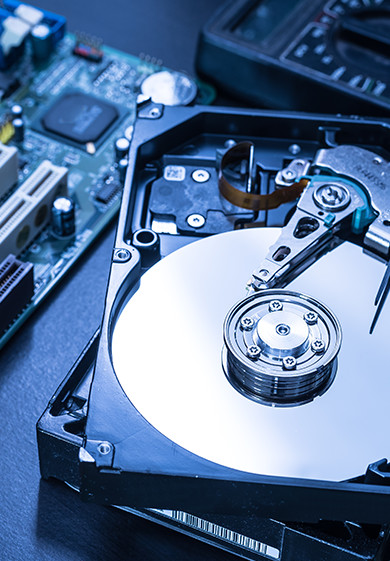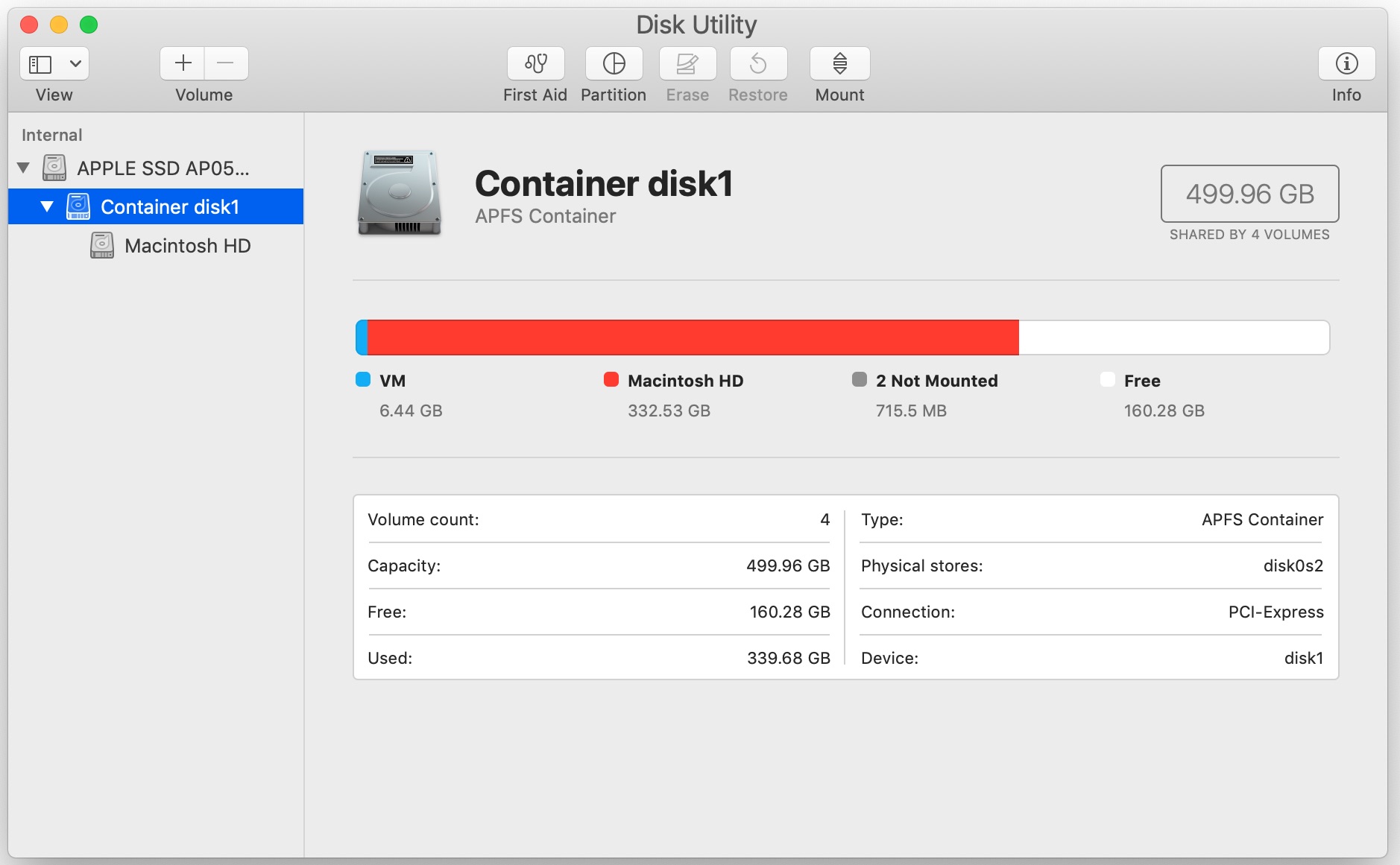

Also, I’ve clicked on the top line of the disk’s entry here you can see a disclosure triangle, and, if you click on the entry below that, you can see the volume, in this case, named Mac SSD. Notice in the above screenshot that I have clicked on the startup volume of my Mac - the one at the top of the sidebar is always the startup volume. Disk Utility can tell you the type of device, where it’s located, which file system it uses, its capacity, and more. If you click on one of them, you’ll see some basic information about it. When you open Disk Utility, you’ll see all the drives connected to your Mac. Getting Information About a Disk with Disk Utility File System: This is essentially a catalog that lets a computer keep track of where data is written on drives, so it can read and write files.Formatting: Formatting prepares a drive or volume to receive data by an operating system or device by adding a file system to it.A drive can contain a single partition, or several. In many usages, volumes and partitions are the same, but not always.

Partition: When you partition a drive, it contains multiple volumes.A drive may have a single volume, or it may contain several. A volume also contains a file system, which allows a computer to keep track of where files are stored. Since a drive can have more than one volume, this term represents a part of a drive that appears, to the user, as a single unit.
:max_bytes(150000):strip_icc()/003A-format-mac-drive-using-disk-utility-os-x-el-capitan-later-2260751-f6499148379240b39c95a6401506ec9a.jpg)
Volume: A volume is a logical storage device.A drive is not, however, a CD, a Zip cartridge (remember those), or a floppy disk.



 0 kommentar(er)
0 kommentar(er)
